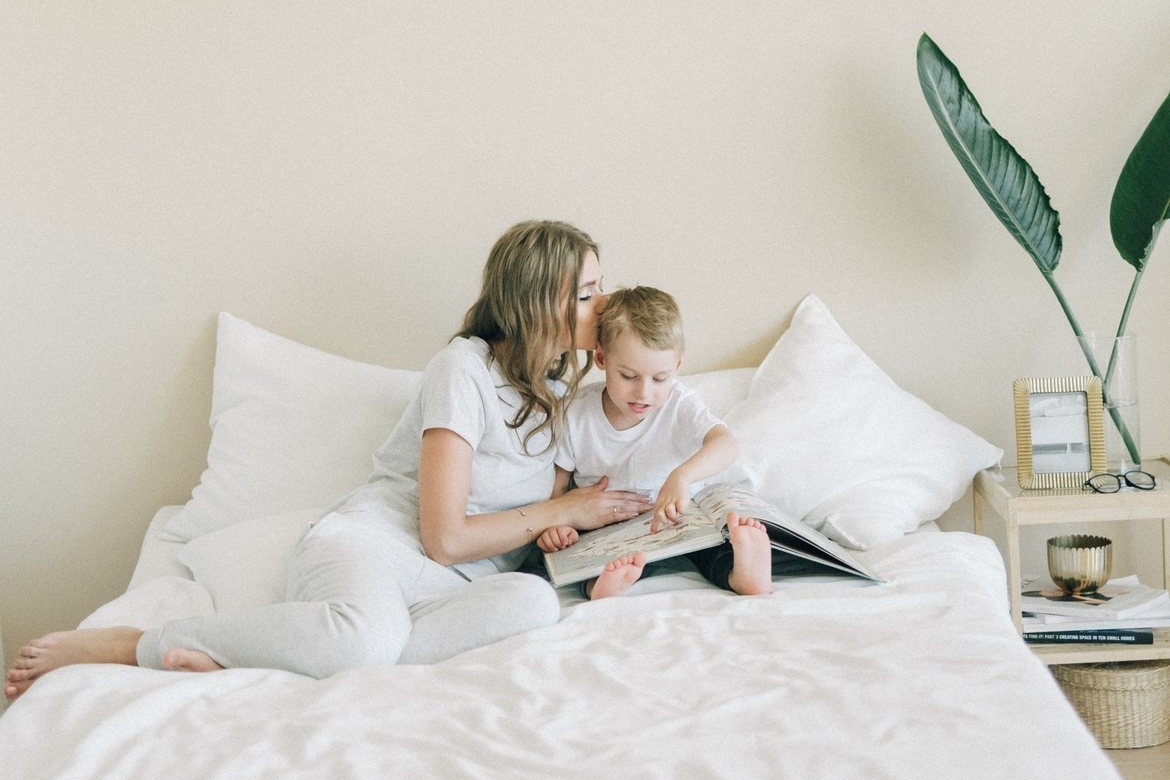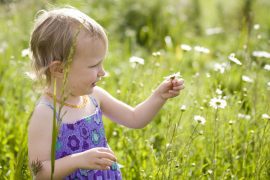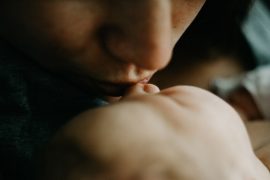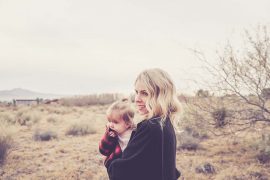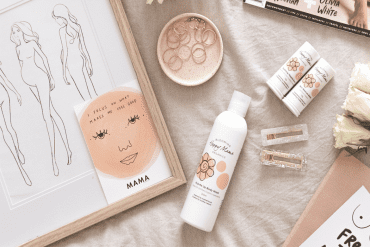Have you ever been angry and had someone try to explain something to you? It wasn’t effective was it? You probably didn’t hear half of what they said and probably didn’t care about the other half.
Children are exactly the same and this is why connecting with a child before correcting them is important.
So how do you do it? What do you do when your child is having a meltdown, is in a rage or hurting another child?
Just remember these three basic steps:
1. Safe – is your child and any other children around or involved in the incident safe? If not, handle the situation by removing your child, the children or the harmful items. If your child is harming someone or something, place yourself between your child and the other, and say something along the lines of “I’m not going to let you hurt/hit/bite etc [other childs name]”.
2. Connection – hold space. I like to ask my children if they are OK and if they need a cuddle. 99% of the time they need a cuddle, which helps them calm down. I will often hold them until they are calm but if they don’t want a cuddle, I will sit next to them and wait for them to release all those big emotions they are feeling. While they are calming down, I might point out to them what happened, i.e. “I can see you are really upset and angry, is that because your sister took your toy off you? That would make me feel angry too”. The validation of their emotions is important for them to know that what they were feeling is real and letting them know you felt like that too once helps them realise that their feelings are OK. Once they are calm, I move to the next step.
The validation of their emotions is important for them to know that what they were feeling is real and letting them know you felt like that too once helps them realise that their feelings are OK.
3. Correction – Now they are calm, it is your time to talk to them calmly in an empathetic way about what happened and address how they can handle things moving forward. Here is where we pull out our Busy Books Australia Busy Books and ask them to point to the emotion they were feeling and the emotion they are now feeling. You could discuss this and how it’s OK to feel like that but it’s not OK to hit, bite, throw, etc. You could ask them to point to the emotion that the other child was feeling and explore that emotion with them too. I like to finish off this cycle by asking the child what they think they could do next time in a similar situation. We discuss their ideas and I offer suggestions too.
All the above takes a lot of time, patience and practice from yourself, but eventually you will see the results in your child who will start to learn the ability to self regulate their emotions and how to handle similar situations in a better way.
To find out more, visit www.busybooksaustralia.com.au and follow them on Facebook and Instagram.

